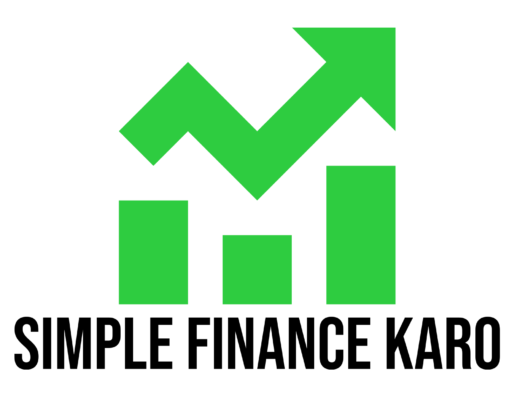GOOD DEBT-

In this, we will talk about ”good debt versus bad debt” but firstly understand the meaning of good debt then after bad debt. Good debt builds wealth with strategic investments. That means borrowed money utilised for investments or purchases that could result in good returns or long-term financial benefits. Debt of this kind is frequently linked to investments that support revenue production, wealth accumulation, or career and personal advancement. Here are a few typical illustrations of wise debt:
Mortgage Debt:
- Purpose: Borrowing money to purchase a home.
- Rationale: Real estate has the potential to appreciate over time, providing both a place to live and an investment that may yield returns in the future.
Student Loans:
- Goal: Borrowing is to finance skill development and education.
- Justification: Investing in education is an investment in future income since it can increase earning potential and employment prospects.
Business Loans:
- Purpose: Obtaining financing to start or expand a business.
- Rationale: Building or growing a business can lead to increased income and long-term financial success
Investment Loans:
- Goal: Borrowing is to finance investments in bonds, equities, properties, and other financial goods.
- Justification: If investment returns surpass loan interest, borrowing costs may be outweighed by the potential for returns.
Real Estate Investment Debt:
- Goal: Borrowing is to buy investment properties.
- Justification: Investing in real estate can yield rental income and increase in value over time, offering a passive income stream and the possibility of capital gains.
Summary;
Good debt can make a substantial long-term financial contribution to an individual’s financial well-being when it is used strategically and responsibly. Education loans are a well-known example, as they are regarded as an investment in the borrower. People who take out loans to pay for their education gain important knowledge and abilities that will improve their chances of landing a good job and eventually increase their earning capacity. In a similar vein, mortgages for house purchases are frequently seen as a wise use of debt. In addition to offering a secure living environment and the possibility of financial gains through property appreciation, real estate usually appreciates in value. Small business loans are essential for encouraging economic growth, helping individuals succeed financially generally, and promoting entrepreneurial endeavours.
When utilised properly, investment loans can be a valuable tool for accumulating money. These loans, whether they are used for real estate, equities, or other assets that appreciate, can result in long-term financial rewards. Furthermore, since it can raise the value of the property, borrowing against home equity for improvements is a wise use of debt.
When it comes to mobility, auto loans for dependable cars are seen as wise investments. In addition to improving general quality of life, a stable means of mobility can make it easier to reach employment prospects. When properly handled, real estate investment loans provide the advantages of both rental income and property appreciation. Essentially, healthy debt entails deliberate borrowing for objectives that are in line with personal financial objectives, improving one’s financial future.
BAD DEBT:

“Bad debt” refers to borrowed funds that are used to finance purchases or expenses that do not contribute to long-term financial well-being and may lead to financial difficulties. Unlike good debt, which is associated with investments and assets that can potentially yield positive returns, bad debt involves borrowing for non-essential and often depreciating items. Here are some common examples of bad debt:
Credit Card Debt for Non-Essential Items:
